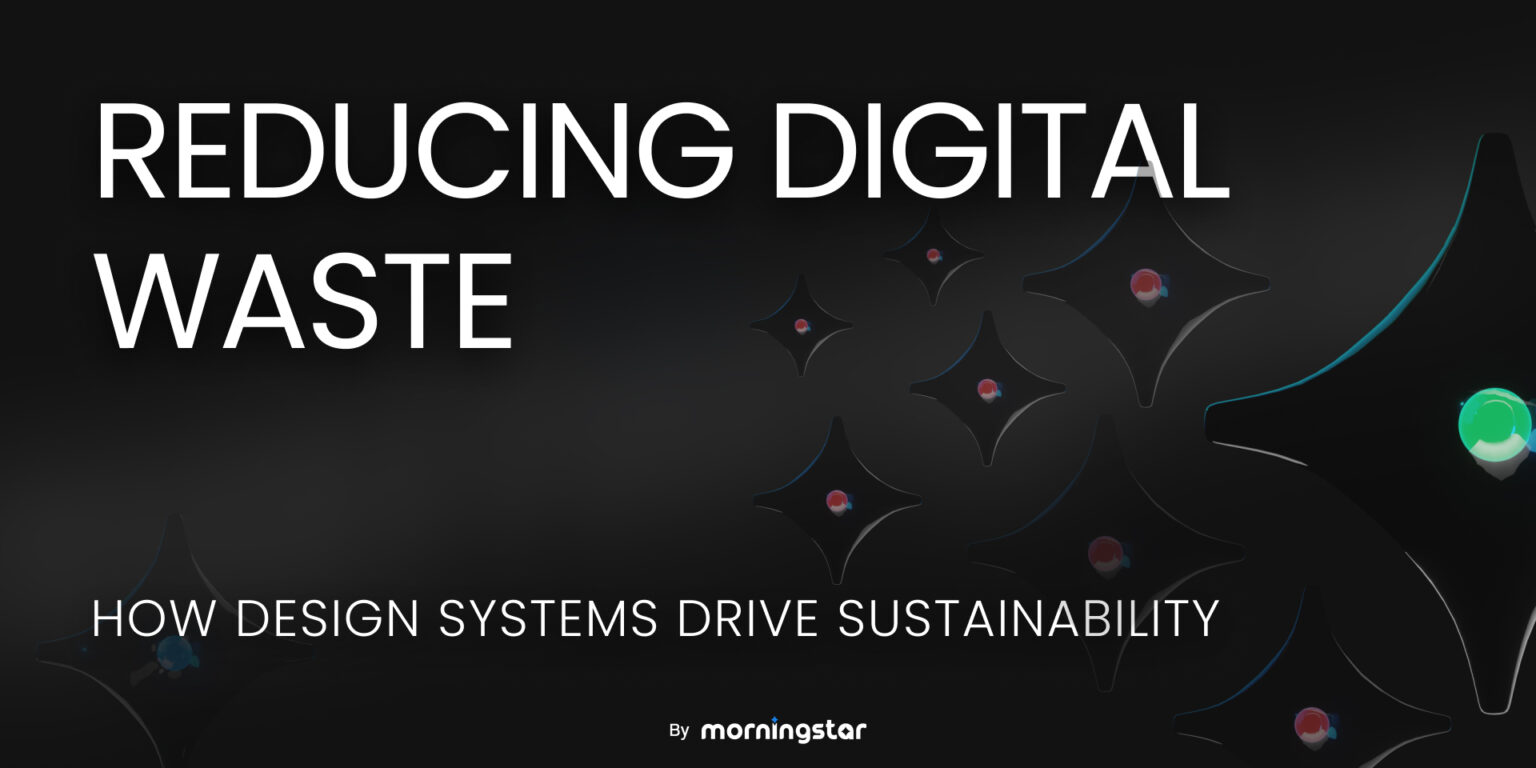In today’s ever-evolving world of design and technology, sustainability isn’t just a buzzword; it’s a guiding principle for responsible innovation. As designers and developers, we hold a tremendous opportunity to contribute positively to the environment by embracing sustainable design practices. One key avenue for achieving sustainability in the digital realm is through the implementation of efficient design systems. In this article, we explore this intersection shedding light on how we can reduce the environmental footprint of digital projects while promoting a more eco-conscious approach to design. But before we dive into the details, it’s essential to grasp the environmental impact of digital design. The production and consumption of digital products and services, such as websites and mobile applications, have a substantial carbon footprint. From data center energy consumption to device manufacturing and electronic waste, the digital world plays a significant role in our planet’s sustainability challenges.
Here’s how
Design systems are a comprehensive collection of reusable components, guidelines, and standards that enable the creation of cohesive and efficient user interfaces. They are the foundation for consistency and user-centered design, but they also have a significant role to play in sustainability.
-Streamlined Development
Design systems accelerate development by providing pre-designed and tested components. This efficiency reduces the time and energy required for coding and development, translating into fewer server resources and less energy consumption.
-Optimized User Experience
Efficiency in creating user interfaces that are intuitive and require fewer interactions to achieve desired outcomes. This results in reduced user frustration, minimized energy-intensive interactions, and a more environmentally friendly user experience.
-Less Data Transfer
Well-designed systems prioritize minimalism, optimizing the use of images and multimedia elements. This not only enhances website performance but also reduces the amount of data transferred, ultimately lowering carbon emissions related to data transmission.
Morningstar Vision | A Win Win Scenario
The intersection of sustainability, cost reduction, and design systems presents a win-win scenario for businesses and the environment. By embracing sustainable systems, companies can lead the charge in reducing their carbon footprint while simultaneously improving their bottom line.
Our commitment to eco-conscious design systems exemplifies how responsible design practices can benefit both the planet and business success. As sustainability becomes a defining trait of the digital era, design systems are the vehicle that will take us there.
In closing, let’s embrace sustainable systems as a catalyst for change. Together, we can navigate the intersection of design and sustainability, shaping a more eco-friendly digital world for generations to come. By adopting these principles, businesses can be champions of change in the digital landscape, forging a path toward a brighter, greener tomorrow.
#DesignSystem #Sustainability #MorningstarDesign #UX #UI



